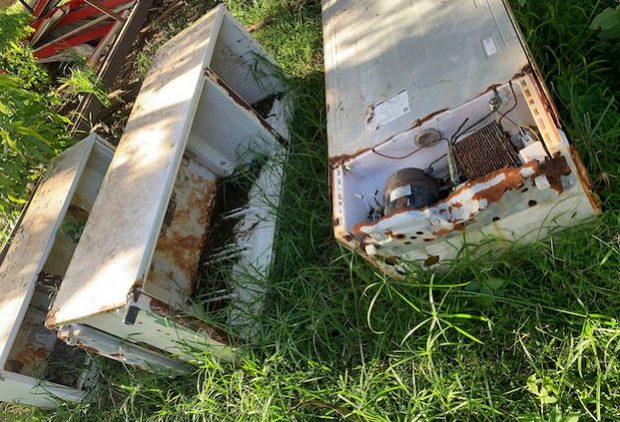For caribbean island of Saint Lucia, ozone protection is a year-round mission

The world celebrates the International Day for the Preservation of the Ozone Layer once a year, but for Saint Lucia, the annual month-long observance highlights year-round work on ozone protection.
For the Caribbean Island of Saint Lucia, one day is not sufficient to highlight the gains made or to celebrate the 1987 signing of the Montreal Protocol on Substances that deplete the Ozone Layer, a landmark, universally ratified treaty.
For that country, Ozone ‘day’ caps a month-long observance, and ozone protection is a year-round effort.
“Our main obligation is reporting on our progress with the phasing out of ozone-depleting substances and coordinating relevant projects. Other duties include education and awareness, technician training, implementation and enforcement of legislation, and coordinating partners to ensure that we meet our obligations under the convention. This is a year-round job,” Sustainable Development and Environment Officer in Saint Lucia’s Department of Sustainable Development Kasha Jn Baptiste told IPS.
Following summer activities with youth aged 15-18, the Department of Sustainable Development held a month-long observance in September. Events included media appearances and updates on Saint Lucia’s progress toward achieving the model protocol. The Department has held awareness events at all school levels.
It is part of a year-round effort to educate the public and put youth at the center of ozone protection.
A major component of maintaining compliance with the Montreal Protocol involves stringent monitoring of the refrigeration and air conditioning sector. This includes refrigerants such as chlorofluorocarbons or CFCs, a group of ozone-depleting chemicals that have been banned but remain in older fridge and air condition models.
In Saint Lucia, the Sustainable Development Department conducts year-round training for technicians.
In a 2016 amendment to the Montreal Protocol, nations agreed to phase out the use of hydrofluorocarbons (HFCs), which were being used as substitutes to CFCs. Known as the Kigali Amendment, its signatories agreed that these HFCs represent powerful greenhouses gases (hydrogen, fluorine, and carbon) and contribute to climate change.
Officials are currently reviewing the country’s legislation to ensure compliance with Kigali Amendment targets.
“Our legislation needs to be updated to expand our licensing and quota system to include HFCs so that we can target these gases and control them under the Montreal Protocol,” Jn. Baptiste said.
